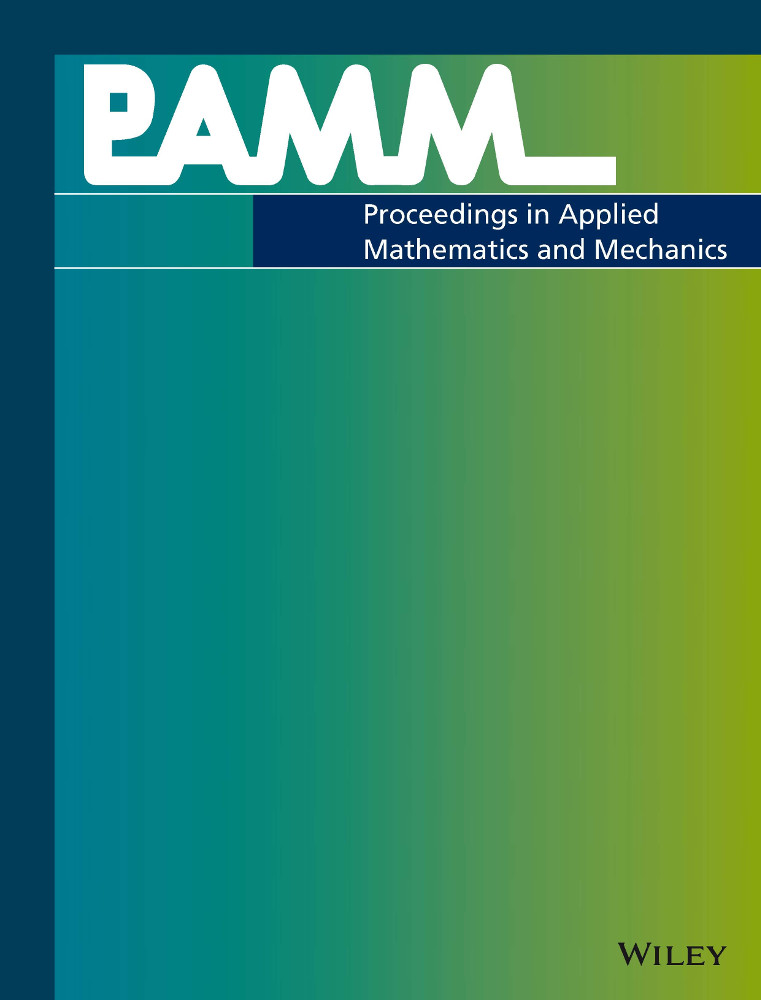Two-scale FE-FFT-based thermo-mechanically coupled modeling of elasto-viscoplastic polycrystalline materials at finite strains
Abstract
Due to the general pursuit of technological advancement, structural components need to meet increasingly higher standards. In order to optimize the performance behavior of the used materials, detailed knowledge of the overall as well as microscopic material behavior under certain mechanical and thermal loading conditions is required. Hence, we present a two-scale finite element (FE) and fast Fourier transformation (FFT)-based method incorporating finite strains and a thermo-mechanically coupled constitutive model for elasto-viscoplastic polycrystalline materials. Assuming that the length scale of the microscale is sufficiently smaller compared to the length scale of the macroscale, we consider the macroscopic and microscopic boundary value problem as two coupled subproblems. The macroscopic boundary value problem is solved utilizing the finite element method. In each macroscopic integration point, the microscopic boundary value problem is embedded as a periodic unit cell whose solution fields are computed utilizing fast Fourier transforms and a Newton-Krylov solver. The scale transition is performed by defining the macroscopic quantities via the volume averages of their microscopic counterparts. In order to demonstrate the use of the proposed framework, we predict the macroscopic and microscopic fields of a polycrystalline material within a numerical example using an efficient and accurate FE-FFT-based two-scale method.




